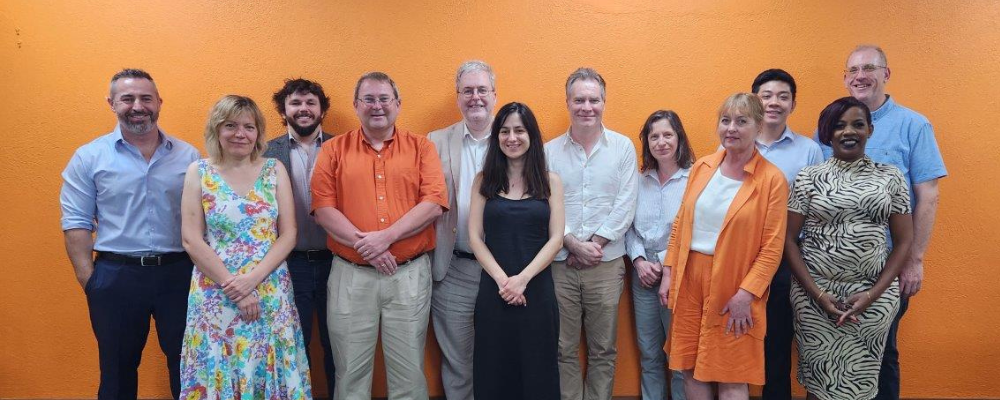Western Law Co-hosts International Workshop on The Law of Nuisance 'From Victoria Park to the Tate Gallery'
March 27, 2024

By Professor Jason Neyers
On February 23–24, 2024 Western Law’s Tort Law Research Group, in partnership with the University of the West Indies and the Université de Montréal, hosted an international workshop on the law of nuisance at UWI’s Cave Hill campus. The title of the workshop drew on two famous locations from the jurisprudence on nuisance: Victoria Park, a raceway in Australia, and Tate Gallery, a modern art museum in England.
The workshop brought together leading academics from Canada, the United Kingdom, Australia, Singapore and the West Indies to examine the implications, both for their national legal systems and for a broader understanding of the tort, of the Supreme Court of the United Kingdom’s recent decision in Fearn v Board of Trustees of the Tate Gallery. In Fearn, the court unanimously (and controversially) held that visual intrusions are in principle actionable under the tort of private nuisance provided that they substantially interfere with the ordinary use and enjoyment of neighbouring land when judged by the standards of the ordinary person.
This decision was a change from previous authority (such as Victoria Park Racing & Recreation Grounds Co Ltd v Taylor) which had suggested that mere “overlooking” could never constitute a nuisance. On the facts, the court was divided on the issue of whether the intrusion was substantial enough to constitute a nuisance: three judges held that it was and two judges held that it was not. More radically, the majority also held that even where there is a substantial interference, the defendant will not be liable if it is doing no more than making a common and ordinary use of its own land. This position is arguably inconsistent with previous authority (such as Miller v Jackson).
The workshop included discussions of the importance of self-help, the scope of defences of reasonable user and ultra-sensitivity, and the overlap of nuisance with torts of privacy. Participants also debated the difference between conceptual and contextual categories in law, the limitations and promises of physicalist understandings of nuisance, the centrality of property rights to the tort’s development, and how a modern tort of nuisance might best protect Indigenous rights connected with land. The papers written for the workshop will be published as a special issue of the Journal of Commonwealth Law later in 2024 under the direction of co-organizer Matthew Harrington of the Université de Montréal.
Dr. Antonius Hippolyte, the Interim Dean of Law at UWI, expressed strong support for the workshop and the possibility of future collaboration with Western Law. Professor Jason Neyers, a co-organizer of the workshop, noted the benefits for comparative private law analysis in partnership with UWI: “as a law school, UWI is inherently comparative in focus because it trains lawyers to practice in various diverse Caribbean jurisdictions which have been influenced by both the common law and civil law traditions. That positions it well to engage in a comparative analysis of developments in torts like nuisance, and to consider the similarities and differences between national legal systems.”






